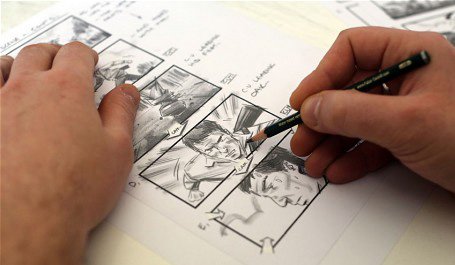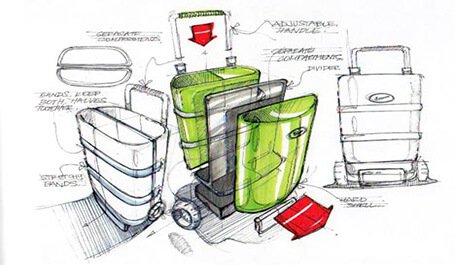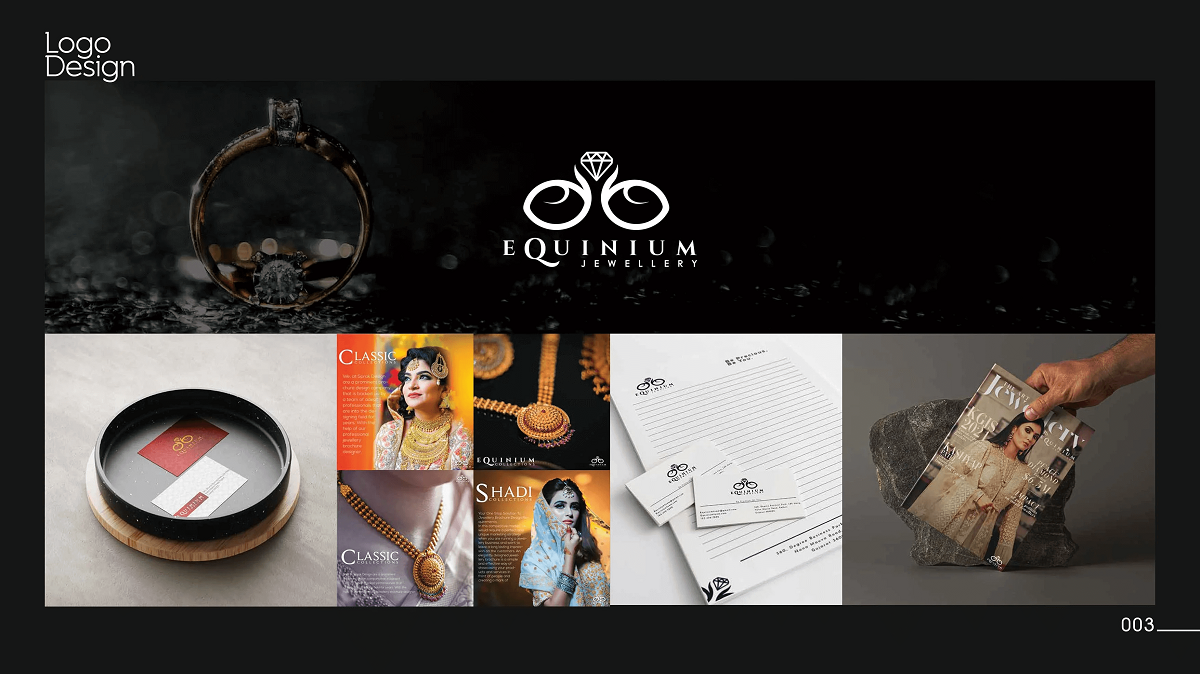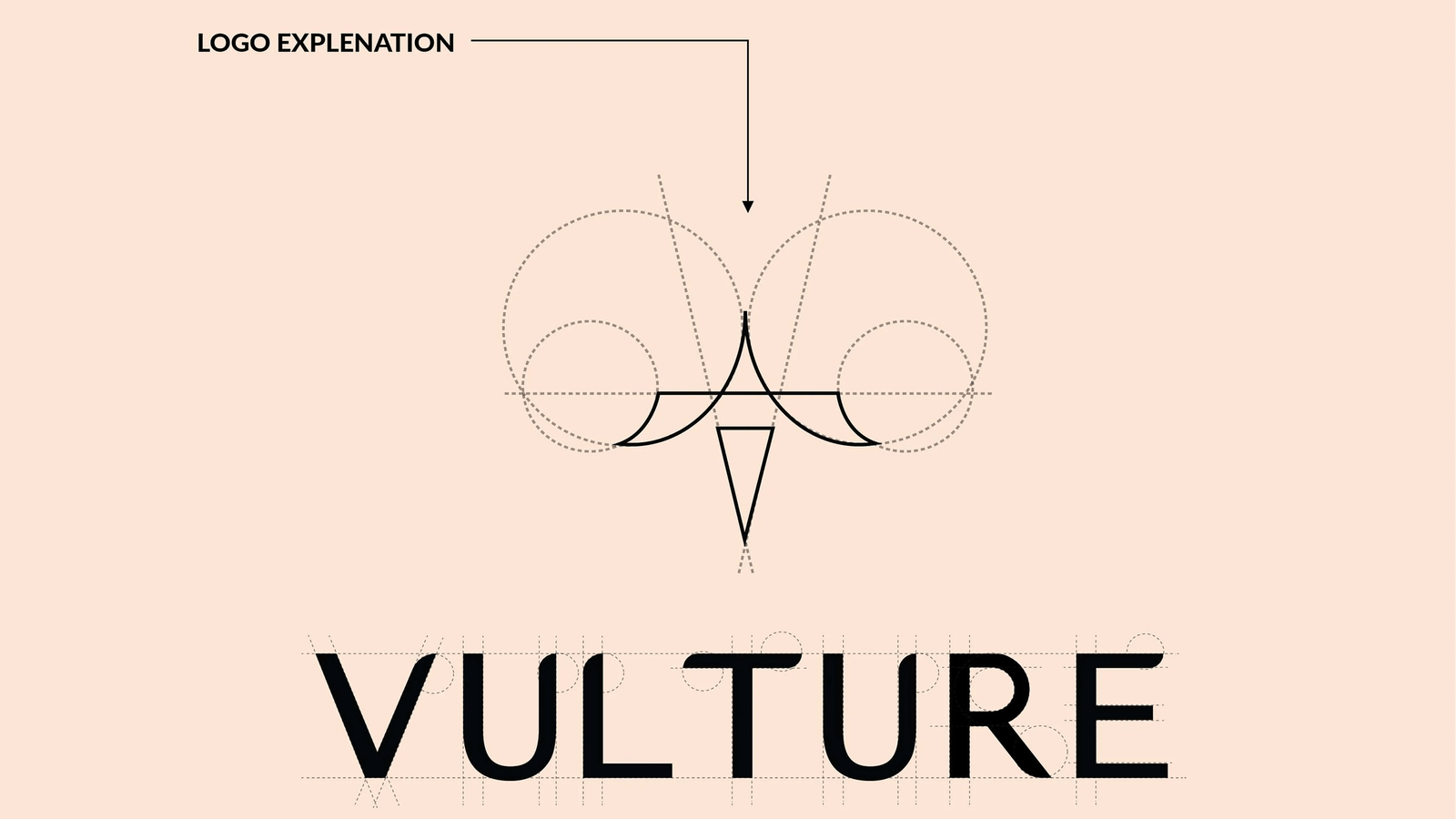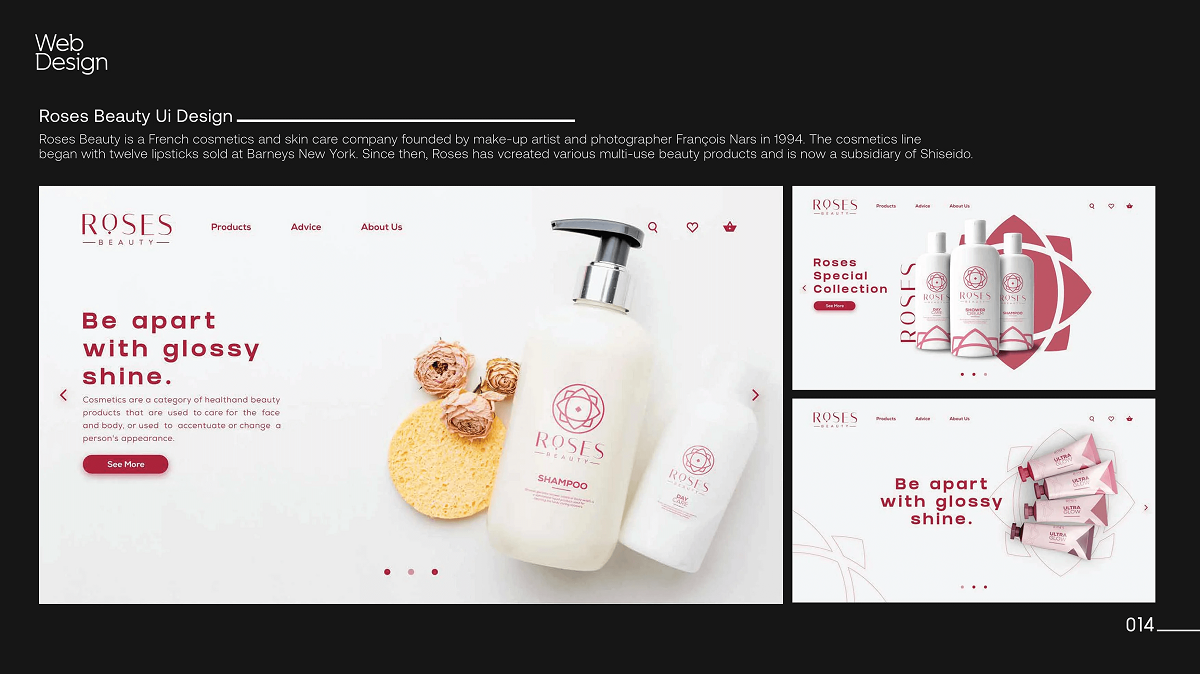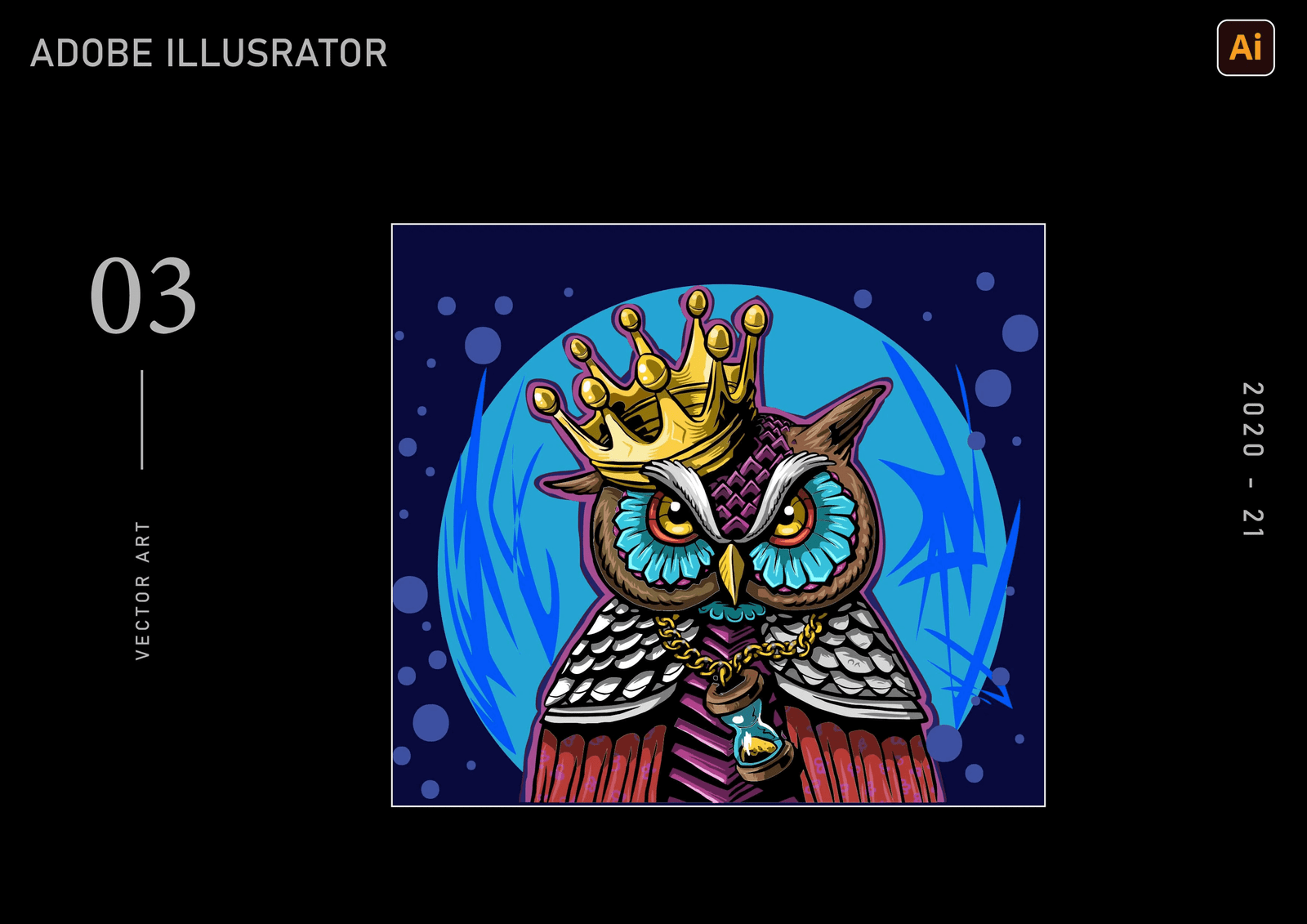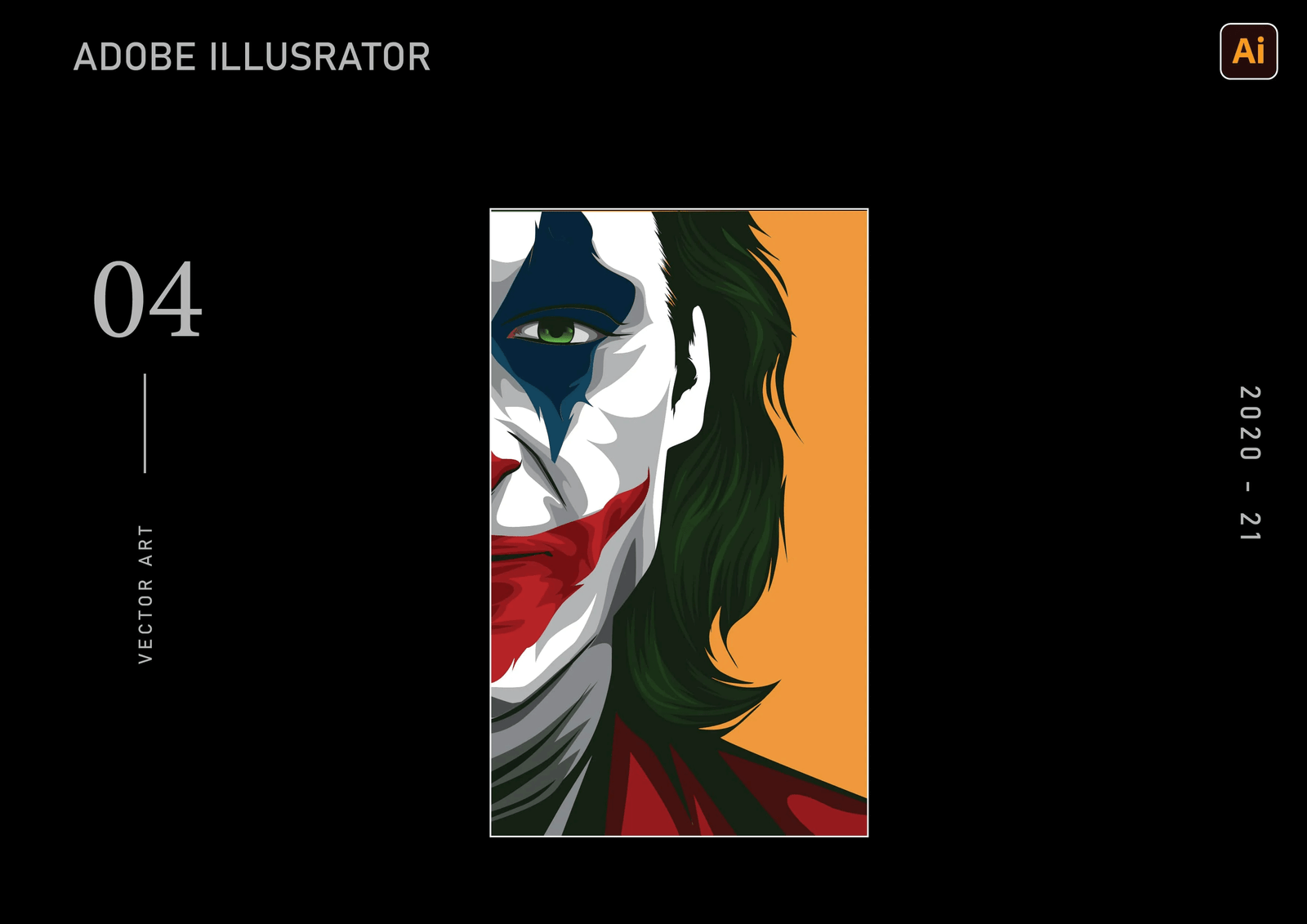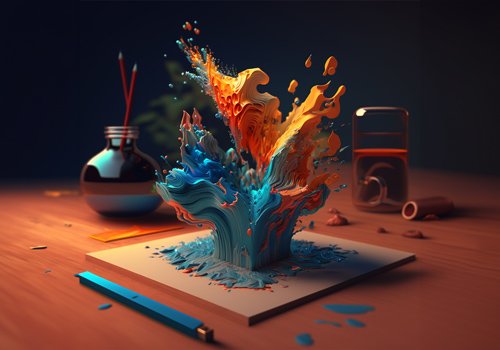
COURSE OVERVIEW
This three-term intensive program is meticulously crafted to empower you with the skills necessary to animate ideas with fluidity and flair. Learn the fundamentals of motion graphics, explore advanced animation techniques and delve into creating engaging visual effects. Your progress culminates in developing a specialized skill set, enabling you to craft a stunning motion graphics portfolio, poised to leave a lasting impression in the digital realm.
-
Job-oriented, industry-centric curriculum with a focus on motion graphics
-
Hands-on practical training using the latest tools and software for motion graphics creation
-
Certified faculty specializing in digital content creation and motion graphics
-
Exposure to industry interaction and workshops specific to motion graphics
-
Placement assistance with a focus on motion graphics roles
-
Access to Onlinevarsity, our exclusive e-learning platform tailored for motion graphics learning
-
Access to Creosouls, a platform to showcase your motion graphics portfolio
-
Instant student loan facility to fund studies in motion graphics
COURSE HIGHLIGHTS

.jpg)


